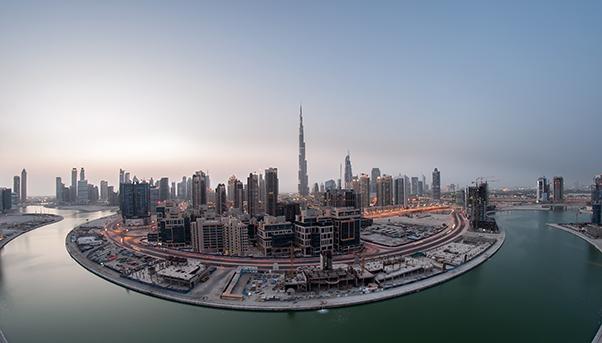We can’t talk about forecasts for the Middle East for 2016 without talking about OPEC and the divisions inside the cartel of oil-producing countries, an organization that was “once powerful” as described by Mohamed El-Erian, who is not only chief economic advisor at Germany’s Allianz but also one of the most influential economists on the Middle Eastern.
OPEC continues to draw a lot of attention when there’s talk of the price of oil…
“That’s right. It is continues to be the point of reference even though it controls today no more than 30% of global production against 70% in the 1980s. It’s a matter of habit, and it is still a focus of geopolitical analysis of the Middle East today.
OPEC is also very divided internally, and this acts as a catalyst for some of the most severe conflicts that exist today in the Middle Eastern area. Among them is the one between Iran and Saudi Arabia. Saudi’s reluctance to cut quotas is explained by its stance against Iran: they want to deny Tehran – which is getting ready to ramp up production (it aims to triple it to 4.5 million barrels in two years) – a huge source of income. This conflict isn’t the only destabilizing factor for OPEC, which went into disarray when the United States weighed in among oil producers thanks to shale oil (they have become the first with more than 18 million barrels a day). For the moment, margins are still positive for Arab countries, albeit small. But many countries are starting to really feel the consequences of this situation.”
Having said that, what signs of recovery can be expected from Middle Eastern countries?
“Without a doubt the drop in the price of oil heavily influences forecasts for 2016. Some countries like Saudi Arabia and the United Arab Emirates have huge reserves to face this tightening, but all of them are in serious financial difficulty. In Saudi Arabia, the deficit is equal to 20% of GDP (Gross Domestic Product). Proof of this difficulty was the announcement in mid-December that the Arab countries had called $19 billion back home: this was money that the sovereign funds of Middle Eastern countries had assigned to the big, international asset managers like PIMCO and BlackRock to invest throughout the world so they could get solid earnings. There’s no more of that: the money has been called back home because they are needed to adjust the finances of these countries, especially to continue financing public works that are the biggest task of the entire area: schools, houses, electrical plants and power lines, dams, desalination plants, water purifiers and things like that. These are big public works to break from the past of Middle Eastern countries but they are still not finished. Without mentioning that there will now be new wells and pipelines to build – not to mention the need to repair all those that had been abandoned in Iran when it comes out of isolation. It has already made it known that it wants to return to the oil market in a big way. Another big job that will move huge resources is infrastructure, which some countries are already busy working on. The entire Middle Eastern region needs big investments in infrastructure to respond to the demands of a population that is growing in terms of numbers and is in need of various services, whether it be energy or those linked to mobility.”

Downtown, Dubai
Where are these investments going?
“In terms of infrastructure, the countries of the Gulf Cooperation Council will invest about $200 billion in the coming years in mobility by rail, building out of nothing thousands of kilometres of subways and railways. We’re talking – in terms of value – the biggest infrastructure spending per capita in the world. Saudi Arabia alone will spend about $83 billion; the United Arabic Emirates, $39 billion, and Qatar, $35 billion.”
So what can we expect for 2016?
“What happens this year will still be linked to oil prices, which will remain low at least for the first half until the next OPEC meeting in June. Of course, there will be countries that will suffer more than others. Among the most vulnerable countries is, for example, Bahrain. A double-digit deficit from 2015 to 2017 will make public debt go up by more than 65% of GDP. But it’s Iraq that’s the country with the least room for manoeuver in its public accounts and balance of payments. In this case, taking into account the increase in military spending and security, it’s likely that in 2016 we will see an increase far above the limit of an already large public deficit.”

